This is the tour to take if you want to enjoy Estonian wildlife- watch bears, see the spectacular sight of mass bird migration and observe elks. It includes hiking in one of Europe’s largest raised bogs with breath-taking views of bog-pools and experience the peacefulness of old-growth forests. To explore the most stunning and beautiful contrasts of Nordic nature, we visit Matsalu and Soomaa national parks and other protected areas. In addition to excellent sightseeing in natural settings, we have a tour in medieval Tallinn Old Town, an increasingly popular UNESCO World Heritage site.
Estonian Wildlife and Medieval Tallinn Old Town 8 days
1,750.00€
Description
Tour description
The Estonian coast is one of the main migration centerpoints in Europe. Up to 100 million migrating birds pass through in a year, drawing enthusiastic birders from all over Europe annually. But bears, wolves, lynxes and elks also live in Estonia. Western-taiga-type forests alternate with huge bogs and semi-natural habitats rich in plant species. An extensive network of protected areas has been created to preserve this diverse nature; 22% of Estonia’s land area is protected.
Highlights
- Very good opportunity to see the Brown Bear in its natural environment.
- Observing the elks.
- Exploring semi-natural habitats overflowing with plant species, wooded meadows, deep Nordic forests and enormous untouched bogs.
- Sights and sounds of thousands of cranes and geese, and millions of songbirds on their spring and autumn mass migration;a variety of woodpeckers, aristocratic Black Grouse and Capercaillie, Hazel Grouse, Eurasian Pygmy Owl, Ural Owl.
- Watching “mellow” ringed and grey seals.
- Experiencing the medieval atmosphere of Tallinn Old Town.
Detailed description
Day 1. Arrival in Tallinn, Haapsalu, sunset with birds and elks
Arrival in Tallinn. Then drive to Haapsalu. At sunset, we head off to listen to cranes, geese and observe their flight to their night stay. As we await dusk, we can also spot elks. Night in Haapsalu.
Western Estonia is penetrated by the East Atlantic flyway which is used during autumn migration by millions of Nordic birds to stop, rest and feed. A magnificent sight unfurls when tens of thousands of cranes, geese and millions of singing birds migrate. Thus, Matsalu National park is one of the most important bird migration centerpoints in Europe. Estonia’s coastal meadows, the largest reed beds on the Baltic Sea coast, shallow sea bays and islands offer migrating birds good feeding, resting and hiding opportunities. Many watchtowers near the migration route give observers opportunity to easily enjoy the sights and sounds as thousands of birds fly through the air.
Day 2. Matsalu National park- bird mass migration, elks and boat ride in Kasari river delta with beaver and bat observation
We will visit the well-known Matsalu birdwatching towers to witness the spectacular mass bird migration. Just at sunrise, we walk to the Matsalu floodplain to watch the elks’ mating game and enjoy enchanting landscape views. In the evening we drive to the southern Matsalu bay for a boat ride in the Kasari River delta, hoping to see beavers preparing for winter and bats chasing insects. Night in Haapsalu.
The broad and well-maintained coastal meadows and floodplains of the Matsalu National Park offer good habitats for elks; beaver families live in the delta of the Kasari River. In Autumn elks are in the middle of the busiest mating season. Great bull elks with elaborate horns seek to catch the attention of the elk cows, scraping the soil, rustling bushes; if that does not sort out the winner, intimidating battles follow. In Spring Elk cows cautiously bring their small calves to the meadows to eat.
Reed-beds and willows cover the shallow banks of the Kasari River, an ideal habitat for beavers who build large lodges here. Reed-beds are rich in insects, attracting bats to feed in the darkness of the night.
Day 3. Ringed Seals in Hiiumaa
We enjoy a refreshing ferry ride to Hiiumaa and from there, take a fisherman’s boat to drive around the small islands. We spot ringed seals, birds and walk around one of the islands. Night in Haapsalu.
Hiiumaa is the second biggest island in Estonia. It is surrounded by shallow sea and lot of nice islets. 10 small islands with interesting cultural heritage and history lay in the south of Hiiumaa. All of them are included in the Hiiumaa Islets Landscape Protection Area. This is a good place to look for ringed, gray seals and numerous waterbirds. Estonia hosts the southernmost ringed seal population in the world. They have huge haul-out areas, making them easy to watch. In spring and autumn, they rest near small islets and lay lazily on the coastal rocks.
Day 4. Soomaa National park, one of the biggest raised bogs in Europe
We drive to Soomaa National Park. A walk on a comfortable wooded trail will include a stop at the observation tower for a picturesque view of the bog pools. We get acquainted with raised bog landscapes, unique plant habitats and the old-growth forest that towers between the bogs. Night in Soomaa.
“Soomaa” literally means “land of bogs” in Estonian. Soomaa National Park consists of bogs with rivers winding amongst them. Raised bogs are like huge sponges what hold vast amounts of water. Bogs started to develop after the last ice age about 12 0000 years ago. Biggest of them cover 10 000 hectares and the peat layer is 8 meters thick. Bogs have mosaic structures with bog-pools and bog islands what were in the past used as a hiding place during wars. Nowadays rare wildlife species like golden eagle and wolves find shelter on bog islands.
With the melting of the winter snows, rivers overflow and flood the Soomaa area. Local people who have embraced the circumstances of nature do not argue with the water. Thus has developed a distinct “flood culture,” the so-called Fifth Season of Estonia. Untouched nature, sustainable management and responsible eco-tourism give Soomaa a standing within the PAN Parks Foundation, Europe’s most prestigious wilderness area foundation. Parts of Soomaa National Park offer an excellent nature tourism infrastructure with hiking trails, watching towers and a well-equipped visitor center.
Day 5. Wolves, Lynxes, Capercaillies, woodpeckers, Black Grouse lek and owls
Our morning starts before sunrise when we head out to view the Black Grouse lek. After that, we are joined for the day by a research scientist who specializes in large carnivores, especially wolves. We explore Soomaa for marks of wolves and other mammals.
Our guest scientist will talk about large carnivores – their biology, habitats and prey. Sometimes, remains of prey can be found. In case of good luck, on dark and silent nights, we may hear the howls of the wolves. Just before sunset, we’ll search for European smallest owl – Pygmy Owl – and after dark, the Ural Owl. Night in Soomaa.
The forested area from the south of Soomaa to northern Latvia is a research area for Estonian mammals, where three wolf packs, tens of brown bears and lynxes live. The Soomaa old-growth forest areas let us spot Capercaillies, visit different woodpecker and owl habitats, hoping to hear see the birds in action and observe majestic Black Grouse and Capercaillie when they gather to lekking spots.
Day 6. Brown Bears in Alutaguse and Western taiga forests
In the morning we drive to northeast Estonia’s Alutaguse wilderness area where we’ll tour the local forests before heading to the bear hide. The hide offers an excellent possibility to see Brown Bears, Raccoon Dogs, Red Foxes and, from time to time, Wild Boars and Elks(Moose). The hide accommodates 10 people comfortably, with bunk beds, a dry toilet, viewing windows, chairs and sleeping bags. Night in the bear hide.
Alutaguse, a huge forest and bog area, is situated in N-E Estonia near the Russian border. The forest area is typical Western taiga with aspen, birch, spruce and pine. Alutaguse forests are home to about 400 bears — one of the best Brown Bear areas in Europe! Bear droppings, tracks and claw marks on the trees are easy to find. In Autumn bears are stuffing their stomachs to prepare for winter hibernation. In Spring bears awake from their 5-month long diet and begin to roam.
Day 7. Medieval Tallinn Old Town
Guided tour in enchanting medieval Tallinn Old Town. Night in Tallinn.
The well-preserved medieval town structure and surroundings of Tallinn Old Town, originating from the 11th to 15th Centuries, give it a place on the UNESCO World Heritage list. Streets and houses have been protected by a mostly intact city wall, complete with guard towers. Buildings, churches, merchant and craftsman houses maintain their centuries-old authenticity. Nowadays cozy cafes, boutiques and art galleries add vibrant life to the medieval atmosphere.
Day 8. Departure
Prices and dates:
- 27.04-04.05.2025
- 14.05-21.05.2025
- 21.05-28.05.2025
Price 1750€ per person, single room supplement 190€
Tour price includes:
- local English speaking nature guide services for 8 days;
- 6 nights in local guesthouses and hotels (twin rooms with toilet and shower);
- 7 dinners and 7 lunch packages 7 breakfasts in the hotels;
- Transport in Estonia;
- Ferry tickets to Hiiumaa;
- Night in brown bear watching hide;
- Boat trip to islands near Hiiumaa;
- Boat trip in Matsalu NP;
- Guided tour of Old Town Tallinn.
Season: May and September 10 – October 20.





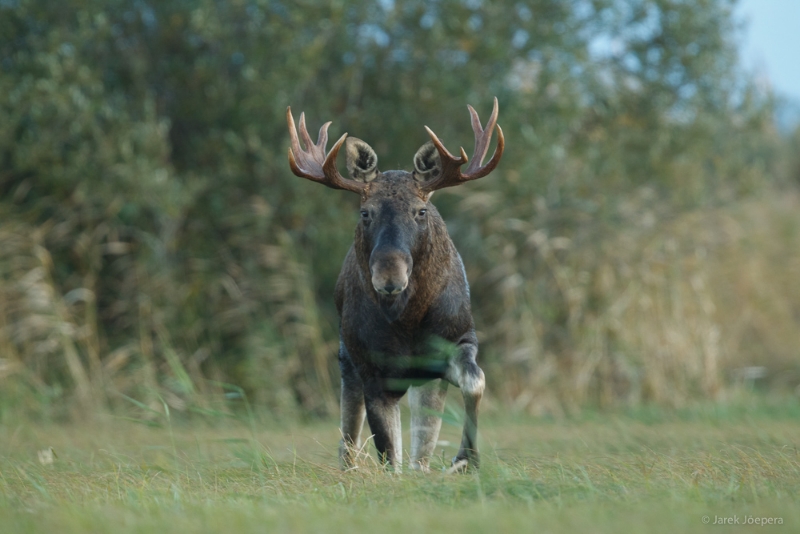

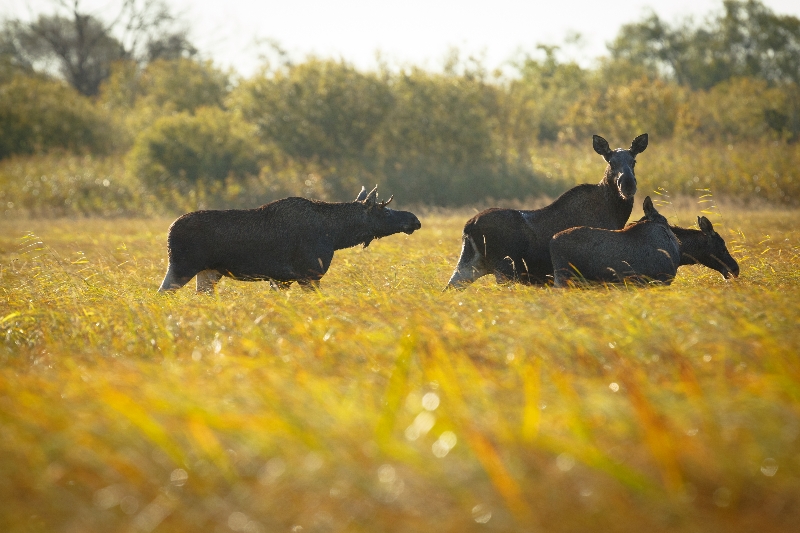
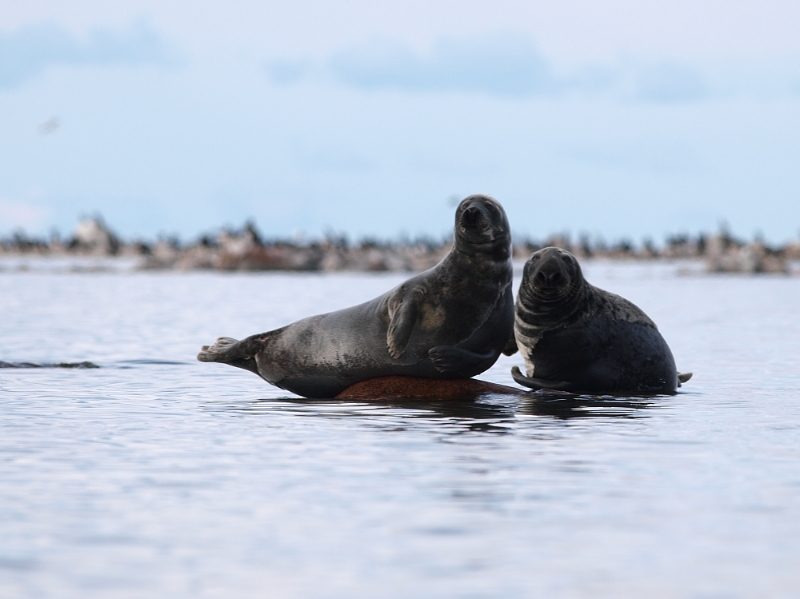


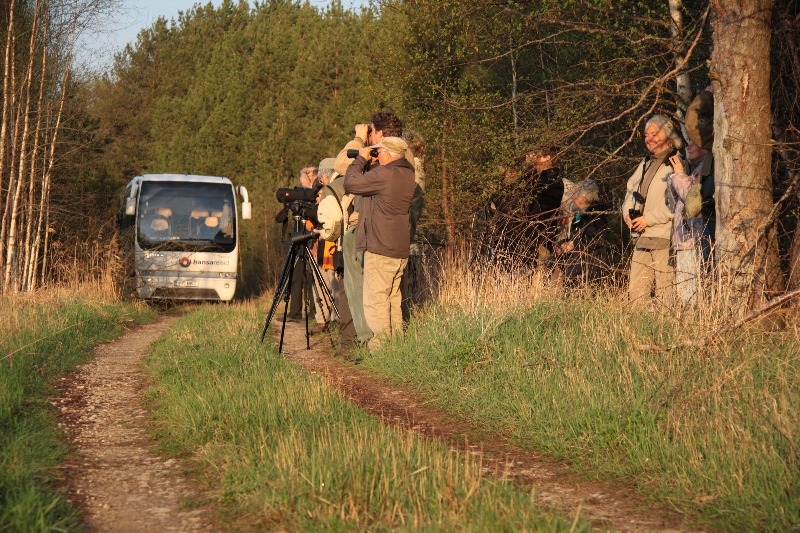
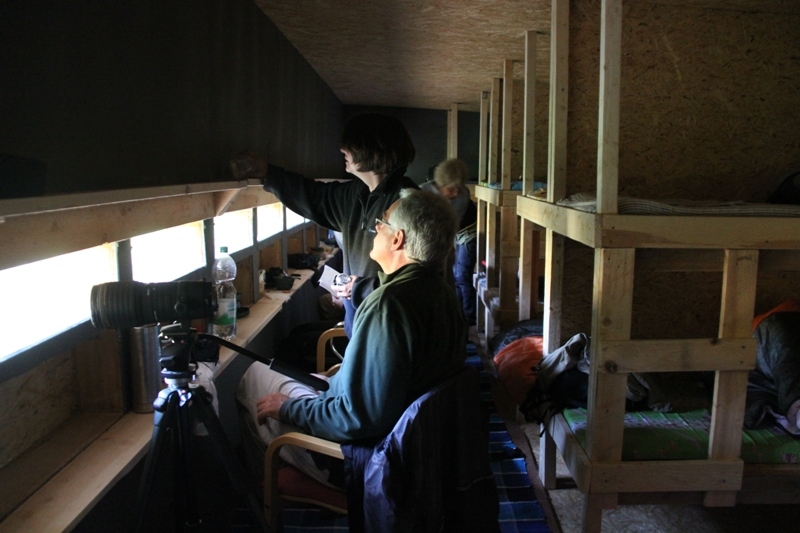

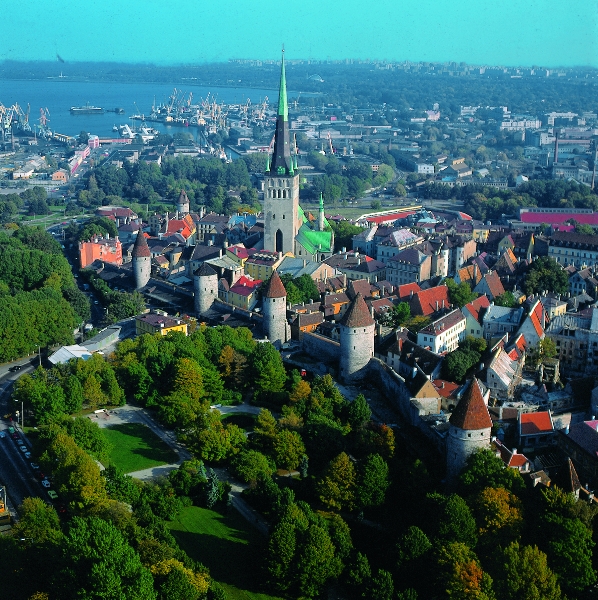
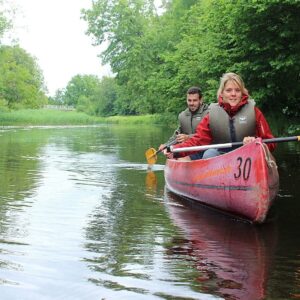
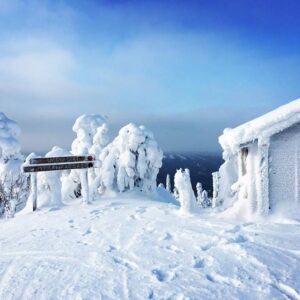
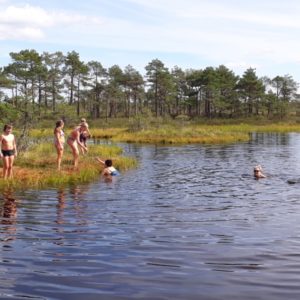

Reviews
There are no reviews yet.